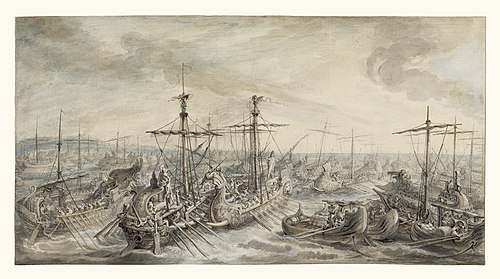Hurricane Gonzalo
 Hurricane Gonzalo.
Hurricane Gonzalo.Hurricane Gonzalo formed on October 12, 2014, and became the first Category 4 Atlantic hurricane since Hurricane Ophelia in 2011. It made landfall on Antigua, Saint Martin, and Anguilla as a Category 1 hurricane. Antigua and Barbuda sustained US$40 million in losses, and three people died on Saint Martin and Saint Barthélemy. Gonzalo intensified into a major hurricane, peaking on October 16 with maximum sustained winds of 145 mph (230 km/h). It struck Bermuda less than a week after the surprisingly fierce Hurricane Fay; the 2014 Atlantic hurricane season was the first in recorded history with two hurricane landfalls in Bermuda. Gonzalo battered the island with wind gusts as high as 144 mph (232 km/h), downing hundreds of trees and causing widespread roof damage and power outages, but no deaths or serious injuries were reported. A large storm system from the remnants of Gonzalo battered the British Isles and central Europe on October 21, killing three people in the United Kingdom.








